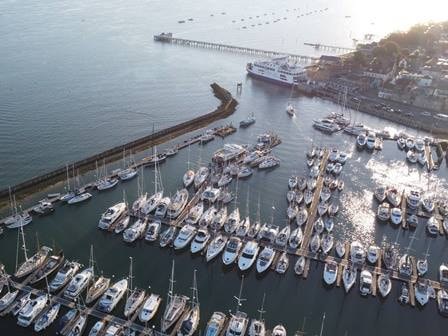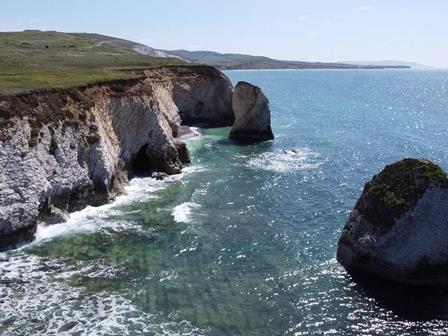|
House prices on the Isle of Wight are not our usual area of interest on this website. We mostly focus on holiday park bargains, ferry discounts and so on. However, we dug out some interesting data whilst updating our guide to moving to the Isle of Wight. I also have a hobby/addiction of looking at huge seafront properties which I can’t afford, so this is an area of personal interest. Here's a stream of data, followed by a couple of observations: 2022 Isle of Wight house pricesHere’s the most recent set of data, which is average sold prices on the Isle of Wight up until November 2022, according to Zoopla.
Isle of Wight property price average: £302,000 2021 Isle of Wight house pricesHere’s data from the year before, which is 12 months up until October 2021.
Isle of Wight property price average - £305,000 2020 Isle of Wight house pricesFinally, here’s data from 2020 of sold house prices on the Isle of Wight.
Isle of Wight property price average - £246,000 (I’m not 100% sure that Zoopla has applied the same methodology over those three years but let’s not overcomplicate things). So, what do the numbers show?The key thing I noticed from this parade of numbers is that the big increases in Isle of Wight property prices have been in the more expensive areas.
Yarmouth has gone from an average price of £395,000 to £459,000 to £569,000 over three years. That’s an increase of £174,000 or a 44% increase in three years! That's a staggering increase. Yarmouth is only a very small town, so the numbers could easily be skewed by a handful of very grand seafront houses selling for vast figures. Also, the 2019 figure (which I haven’t included) was £435,000 which doesn’t fit the pattern. It’s a similar story in Bembridge though, where prices have gone from £393,000 to £425,000 to £505,000 – an increase of £112,000 in three years. Seaview has a similar set of figures with an increase of £154,000 over three years. However, if you pick out numbers for Ryde, Newport, Sandown, Shanklin and East Cowes we see that prices have gone up at a much less furious pace. In three years, Newport has gone from £239,000 to £252,000 (£13,000 increase or 5%, which is about £4000 per year) whilst Ryde has gone from £246,000 to £272,000 (£26,000 increase or 10% or about £8500 per year). East Cowes has gone from £221,000 to £240,000 (£19,000 increase or 8% or about £6000 per year). The overall increase for the Isle of Wight, according to the data, is £46,000 or 22% over three years. These increases are all significant for first time buyers, but there is quite a difference between Yarmouth's apparent annual increase of £58,000 and Newport's increase of about £4300. What are the reasons behind this difference between the more expensive and cheaper areas? My hunch is that the move towards home working has a lot to do with it, but there are probably other factors at play. Feel free to comment below if you've got any expertise in this area.
0 Comments
Your comment will be posted after it is approved.
Leave a Reply. |
Isle of Wight Guru's BlogTales of Isle of Wight days out, attractions and ferry discounts from a Wightophile. This site uses cookies - see our privacy policy. Ads & links in bold may give us a small payment from the seller, at no cost to the buyer. However, this never affects our views - if we like it, we recommend it. Archives
July 2024
|


 RSS Feed
RSS Feed